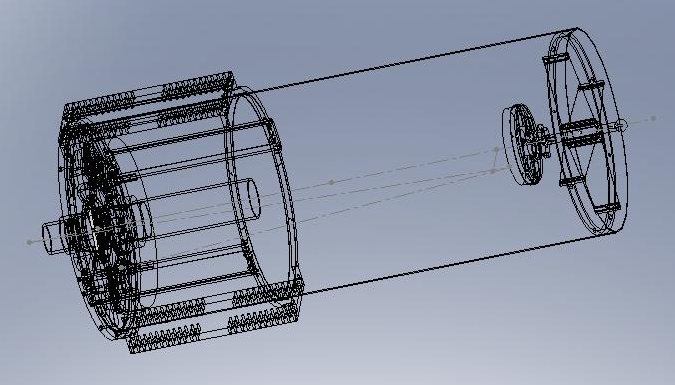
Custom Ritchey-Chretien Astrographs

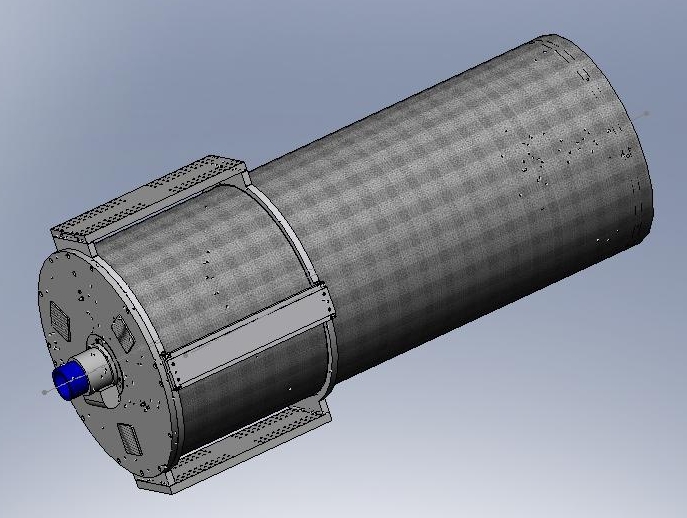
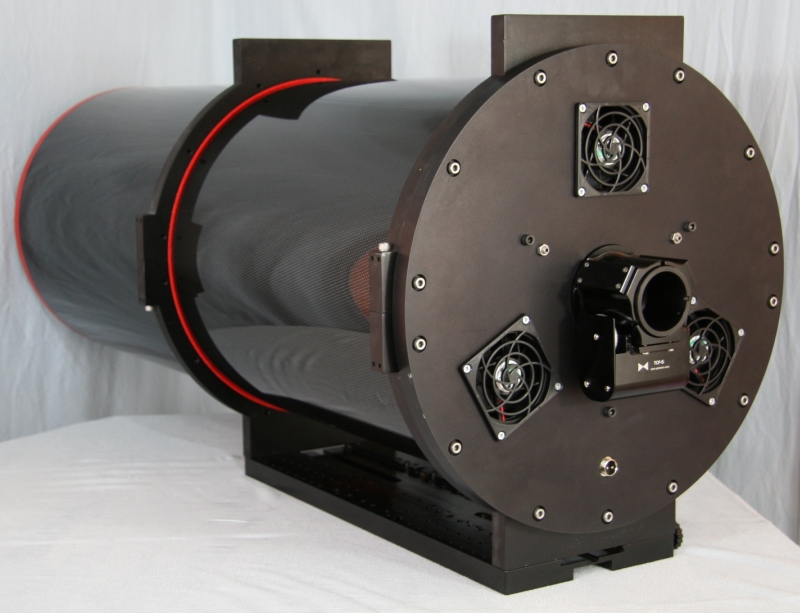
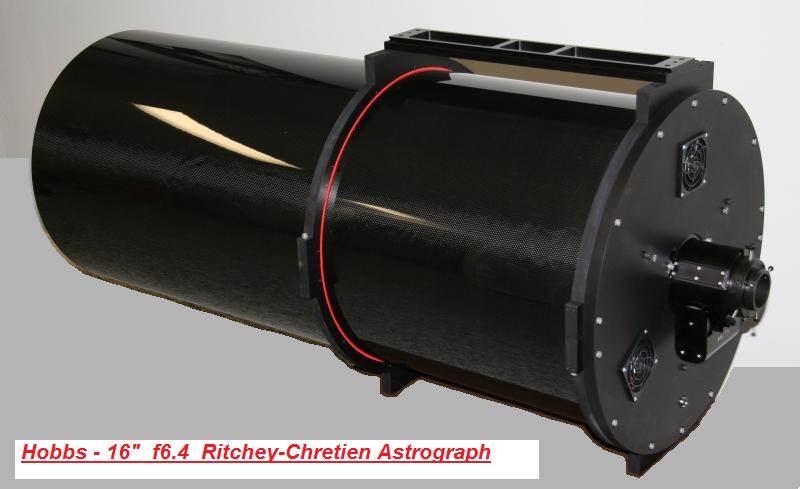
|
|
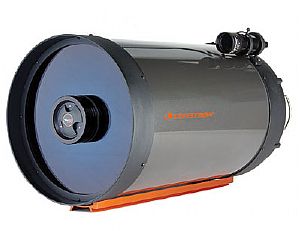 |
The C14 (aluminum tube version) suffers severely from a temperature dependent optical path length. The folded optical design means that any change in temperature will in turn cause an increase/ decrease in the length of the aluminum which results in a multiplied primary to secondary spacing change. This simply isn't acceptable for astrophotography as you end up continually needing to re-focus with temperature change.
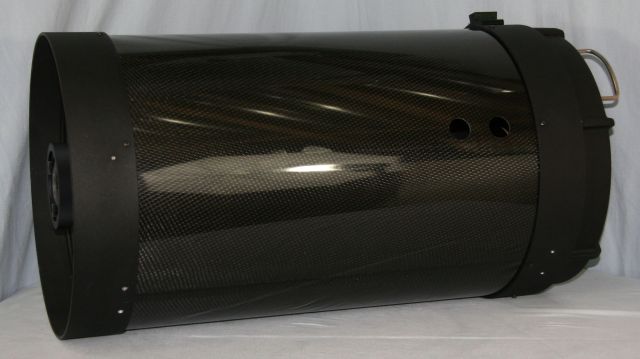

The C14 (aluminum tube version) contrast can be greatly improved by flocking the inside of the optical tube.
The SCT tube is sealed as a result of the corrector plate. It takes a long to get this type of scope to reach equilibrium with the environment. The C14 rear casting can be modified for the addition of 6 fans, three blowing in and three blowing out for better flow and uniformity. This providse an effective method for rapidly equalizing the temperature of the primary mirror with the rest or the scope and ambient temperature on those occasions when rapid and / or large temperature changes are encountered.
|
|
|
With every hobby there seems to come a time when the law of diminishing returns applies. It all seems pretty simple … all you want to do is point your camera upward, open the shutter for twenty minutes or so and have beautiful pictures appear. Fat chance!!! Even on a mount as good as the Paramount ME, it still isn’t easy, especially if you’re shooting prime focus through an OTA with almost 4m of focal length. The first thing you find out is that creating something as simple a T-Point model for the mount using an SC telescope such as the C14 just isn’t possible. There is this little issue about non-repeatable primary mirror flop. Software Bisque / New Mexico Skies developed a dandy little device called a locking collar designed to almost completely eliminate mirror flop. It accomplishes this by deforming the mirror sliding tube so that it is pinched to inner fixed tube (rear cell). It has a few small drawbacks like having to totally disassemble the OTA and add holes to allow adjustment. Operationally the primary mirror is “locked” in one position (tool adjustable) set precisely for an individual accessory (camera, etc). The goal of the locking collar is eliminate non-repeatable mirror flop that negatively effects telescope pointing modeling and subsequently errors in absolute pointing accuracy. This will also prevent mirror flop from spoiling long exposures, especially as imaging near the meridian when using a German Equatorial Mount.
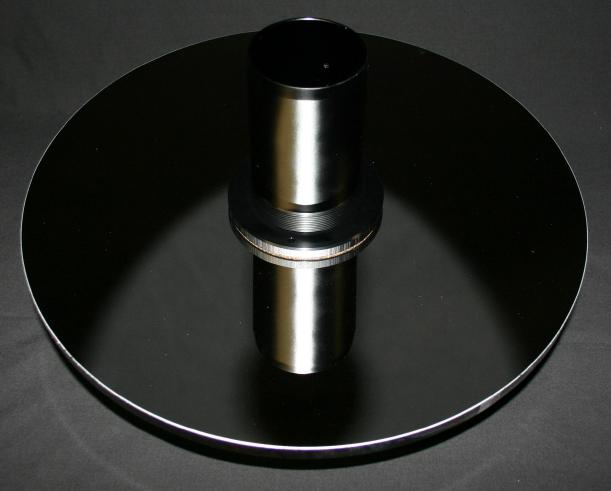 |
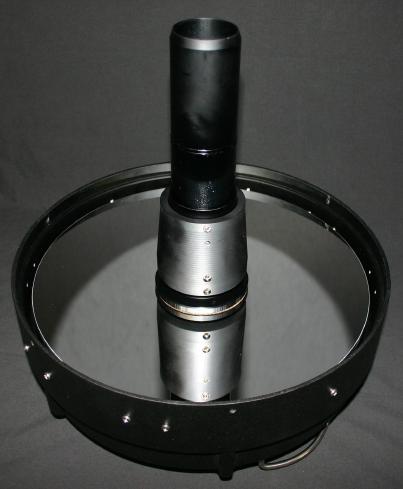 |
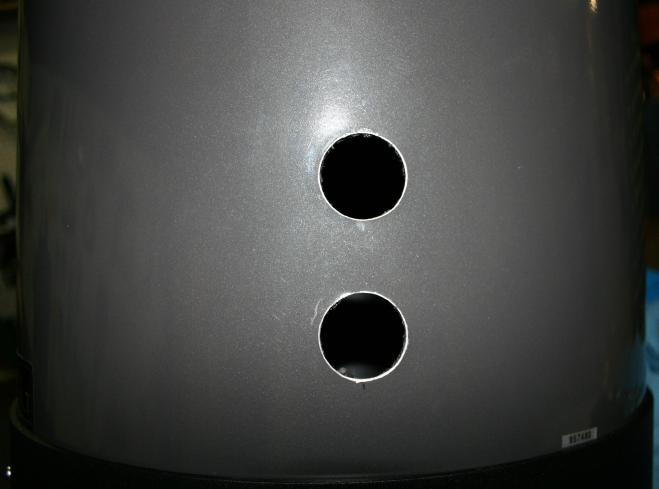 |